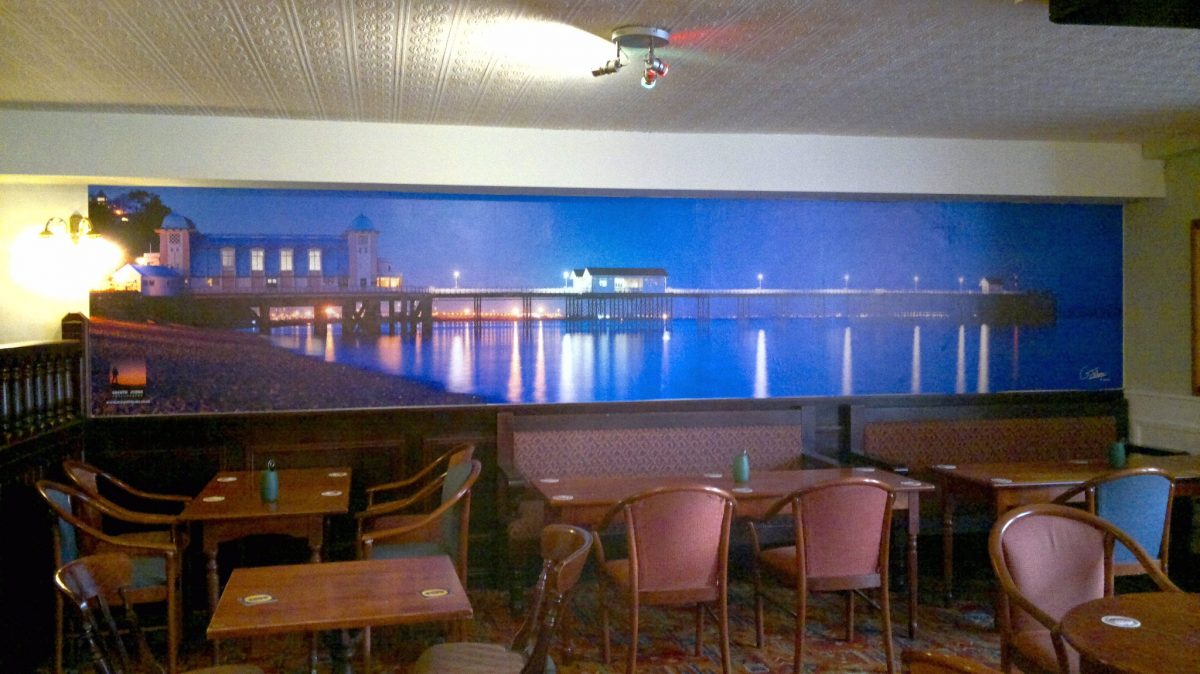- Messages
- 11,794
- Name
- Jeremy Moore
- Edit My Images
- No
I've had an enquiry for an image to blow up to 5.3 m wide on a "pub staff-room wall".
While the client considers the images i'm wondering if there's anything I can do to increase the file size for optimum quality. Is it called "up-rezzing"?
And if so how does one do it? I have an old version of Photoshop (CS2), Affinity Photo and lightroom.
And i'll probably be posting about quoting a price as well..........
While the client considers the images i'm wondering if there's anything I can do to increase the file size for optimum quality. Is it called "up-rezzing"?
And if so how does one do it? I have an old version of Photoshop (CS2), Affinity Photo and lightroom.
And i'll probably be posting about quoting a price as well..........



